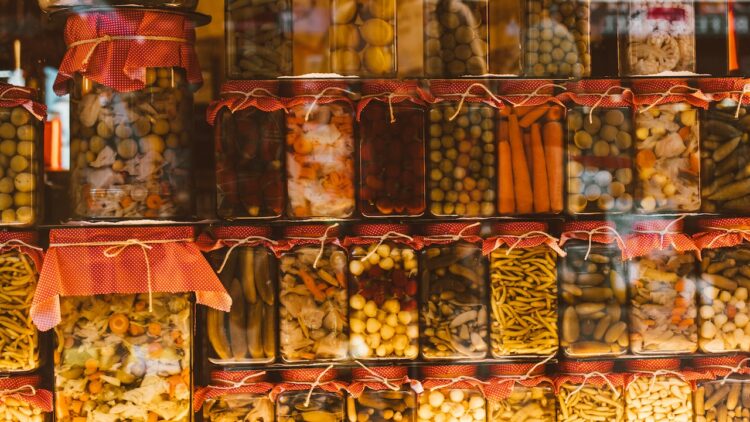Today there are a lot of modern methods which people are using for food preservation. But do they work and are safe for the food quality? There might be very modernized food preservation techniques, but do you know how the ancient people preserved their foods for too long and that too without losing the quality of the food?
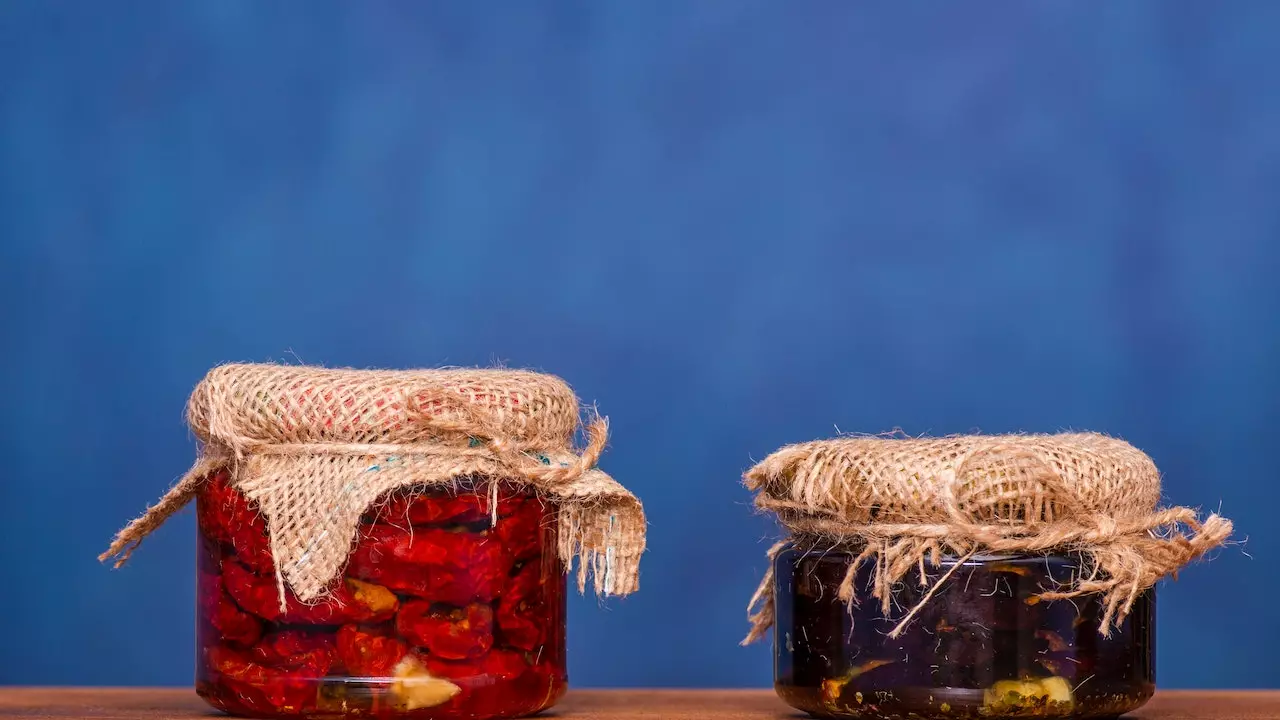
Read Also: Work from Home Health Effects: 5 Tips to Stay Fit and Energetic.
Today we have come up with five traditional food preservation techniques to keep your food fresh longer without losing its nutrient value. These methods are not only sustainable, but they will also add a touch of ancient wisdom. So let’s dive into the journey of some ancient wisdom and learn how to preserve food for a long using traditional methods.
Fermentation: Harnessing Nature’s Transformative Power
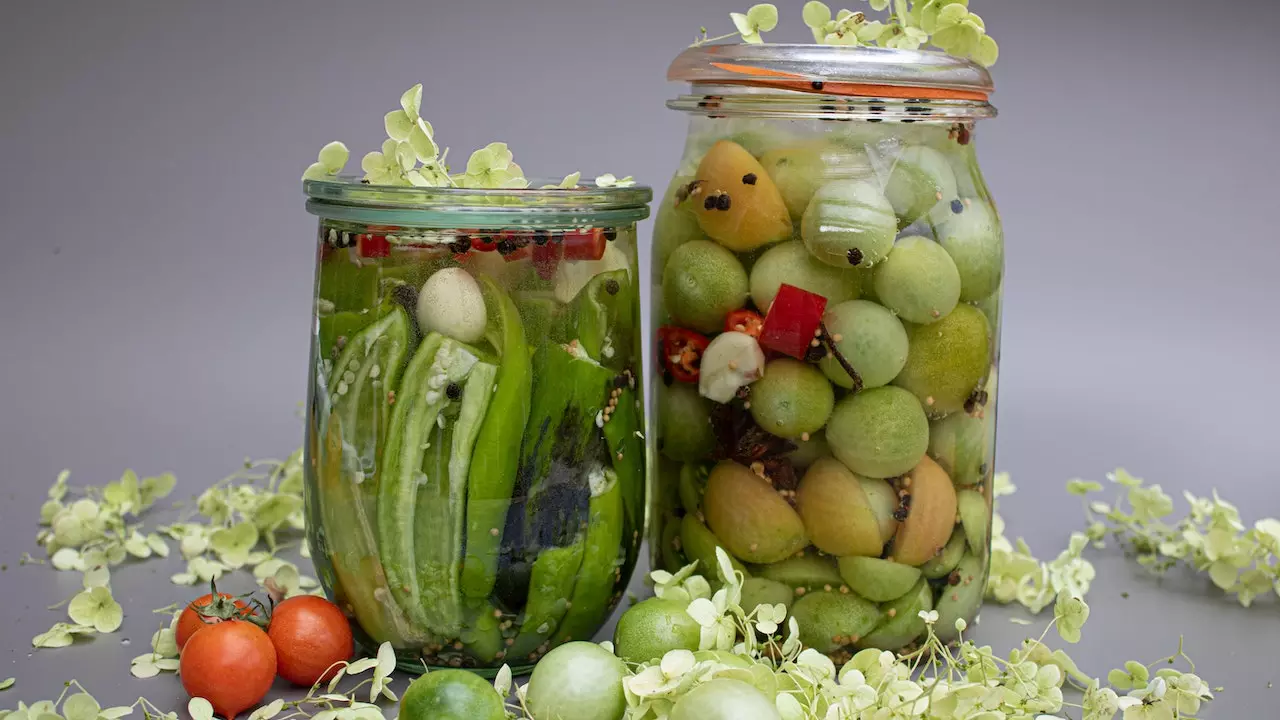
Fermentation is the years-old food preservation technique that keeps the food fresh and enhances the nutrient value and flavor. In this technique, beneficial microorganisms such as yeast and bacteria help break down the sugar available in the foods to organic acids or alcohol. This not only helps prevent the growth of harmful bacteria but also helps create an environment conducive to the growth of probiotics, which supports gut health. Whether we talk about sauerkraut, kimchi, kefir, or kombucha, fermented foods offer various options to explore and incorporate into the diet.
Root Cellaring: A Natural Refrigerator Underground
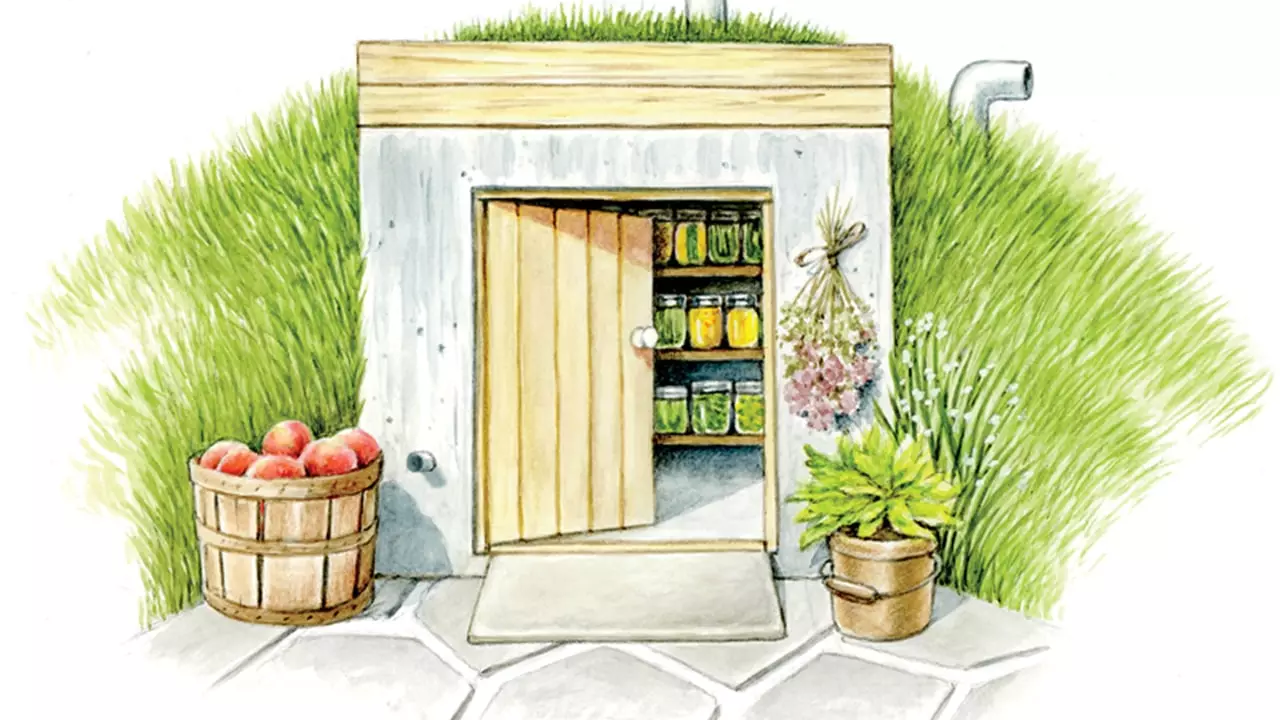
Do you know that before refrigerators, how did people refrigerate their foods? They used root cellaring, a prevalent food preservation techniques, to store vegetables, fruits, and dairy products. In this technique, underground storage spaces have been used, using the consistent and cool temperature of the earth, which helps extend the shelf life of the foods. People use ventilation to control the humidity levels of underground storage houses. And this helps preserve some foods like carrots, apples, and potatoes for months, which offers a fresh supply even during the harsh winters.
Smoking: Infusing Flavor and Preservation
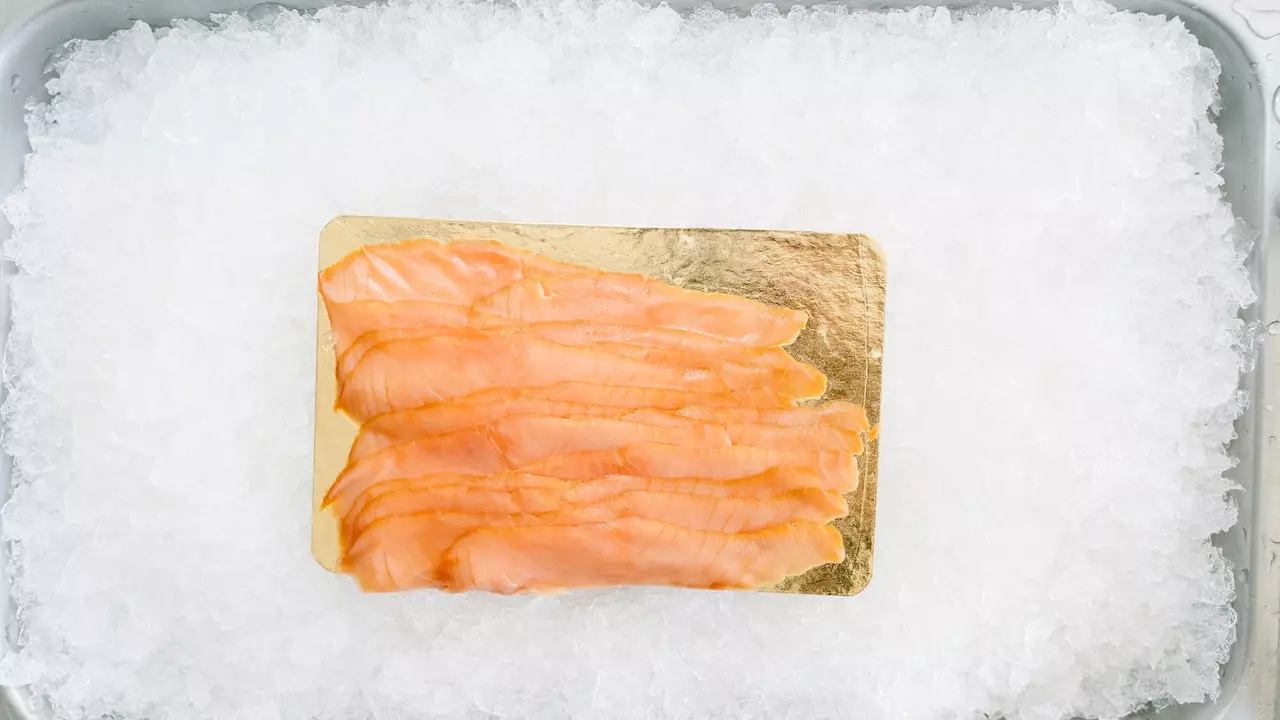
Do you know smoking is not only used to add a distinct flavor to food but can also be used to preserve foods for a long time? The combination of the heat and the smoke works as a natural preservative. It reduces the moisture content and inhibits the growth of the bacteria. This is one of the traditional food preservation techniques, mainly used for fish and meat, by adding a distinct taste to the food and extending the shelf life. From the sausages to the salmon, this smoky aroma and the longevity have made this technique a culinary delight.
Pickling: Ancient Food Preservation Techniques
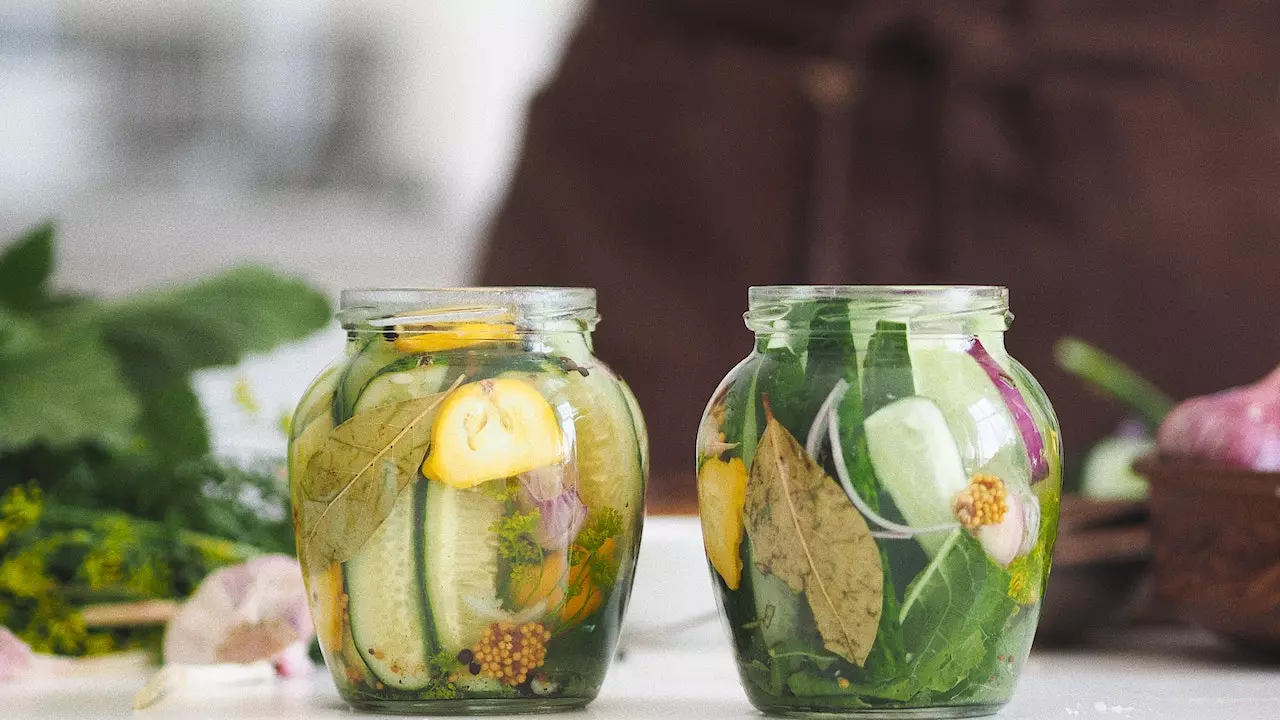
This is one of the best traditional food preservation techniques, where food is submerged in a solution of vinegar, salt, or brine, which creates an environment to prevent the growth of harmful bacteria. This technique helps keep the food fresh for a long time and imparts unique texture and flavors. From onions to cucumbers and even the fruits like mangoes, this pickling technique transforms ordinary ingredients into tangy delights that one can enjoy even after months.
Drying: Nature’s Original Food Dehydrator
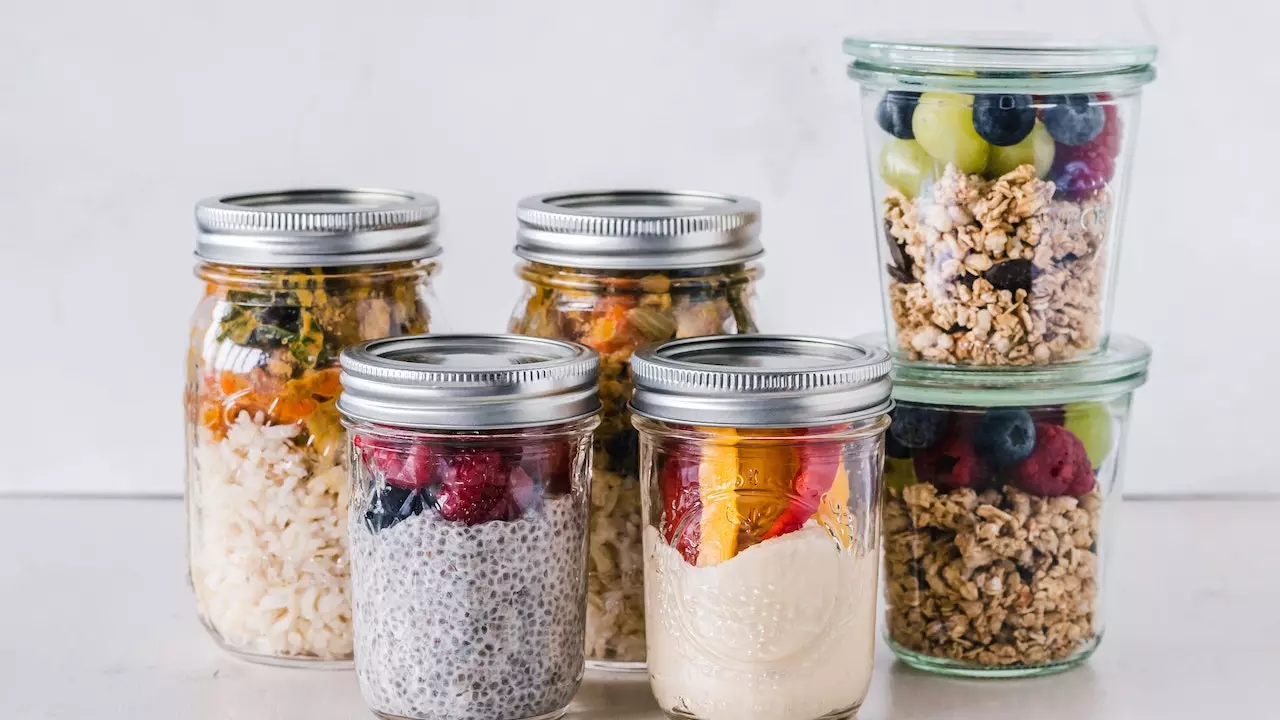
Drying is one of the oldest food preservation techniques and remains highly influential today. This technique focuses on removing moisture and inhibiting the growth of yeast, bacteria, and molds. In this method, techniques like sun drying or a dedicated machine are used to dry foods like herbs, fruits, or even meat, which helps store the foods for an extended time—the drying process results in light-weight, nutrient-dense snacks, also perfect for on-the-tag consumption.
So these are some of the oldest and the best food preservation strategies, which not only help to keep the food for months but also connect one with the resourcefulness of our ancestors. Also, adding these methods to your culinary repertoires can add depth to your cooking and also provides a sense of satisfaction in the preservation of foods the way that it has been done for centuries.
To get more of our exclusive content on Health Care and Lifestyle. Follow us on YouTube and Instagram.

